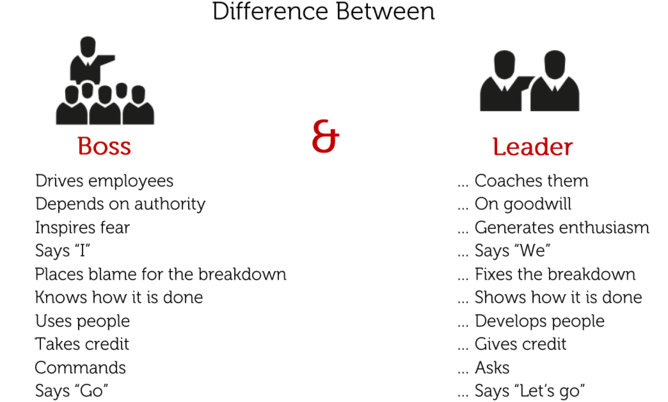Managing Poor Performance
.jpg?width=50&name=Mark%20(2).jpg) Mark Jenkins, CA
·
2 minute read
Mark Jenkins, CA
·
2 minute read
I firmly believe that when anyone starts a new role they come to work with the intention of doing a great job. They're keen to make an impression, to make a difference, and to enjoy themselves. After all life is too short, right? If the average person spends 40,000 hours of their life working, they'd better do something they like.


So why is it that so many businesses have poor performers?
Nobody likes to fire someone but, more importantly, nobody likes to be fired.
So, why do many business owners loathe the fact that they have to 'manage performance' or 'open the door of opportunities' or 'free up the careers' of some team members?
It's quite simple; somewhere between induction and the time when performance starts to slip, the enthusiasm to put in a great day's work is gone. The fire in the belly goes out. If we can discover why this happened and prevent it from happening again, then we'll spend much less time managing poor performance.
So, why do many business owners loathe the fact that they have to 'manage performance' or 'open the door of opportunities' or 'free up the careers' of some team members?
It's quite simple; somewhere between induction and the time when performance starts to slip, the enthusiasm to put in a great day's work is gone. The fire in the belly goes out. If we can discover why this happened and prevent it from happening again, then we'll spend much less time managing poor performance.
Let's focus on leadership instead of management.


Acting above the line
As a leader, we must be committed to acting above the line (by taking ownership, accountability and responsibility for the poor performance).
Now, answer these questions in relation to your interactions with this poor performer:
- Do you demonstrate above the line behaviour and a positive, can-do attitude 100% of the time?
- Does your business have a concise Core Purpose statement (why your business exists for your clients) that your team member believes in and can see how they are contributing to?
- Have you clearly articulated your vision and goals for the business?
- Have you given the team member regular opportunities to align their personal and career goals with your business goals? We must ensure their personal purpose in life aligns with your business's purpose.
- Have you set clear expectations as to the five most important KPIs or targets that the team member needs to achieve? It is important to define a great day's work for them.
- Does the team member understand and agree with these targets you've set for them?
- Have you created a process to ensure that the team member can see how they're tracking to reach these targets?
- Most importantly, when the performance is lacking do you talk about it with the team member? Or, do you whinge behind their back to everyone else and generally live in denial (below the line)?
So often, if these eight steps are followed, performance improves.
Of course there will be times when external influences affect performance - this is when people need your support. Or, perhaps you made a poor recruitment decision - if you follow the 8 steps you will come to the right answer together with the team member.
A poor leader can take a great team and destroy it, causing the best team members to leave and the remainder to become disengaged or, worse, toxic.
.png?width=678&height=100&name=6424e325e353044bbb32c8e4_The%20Gap_Logo_Horizontal_Violet_RGB%20(3).png)


